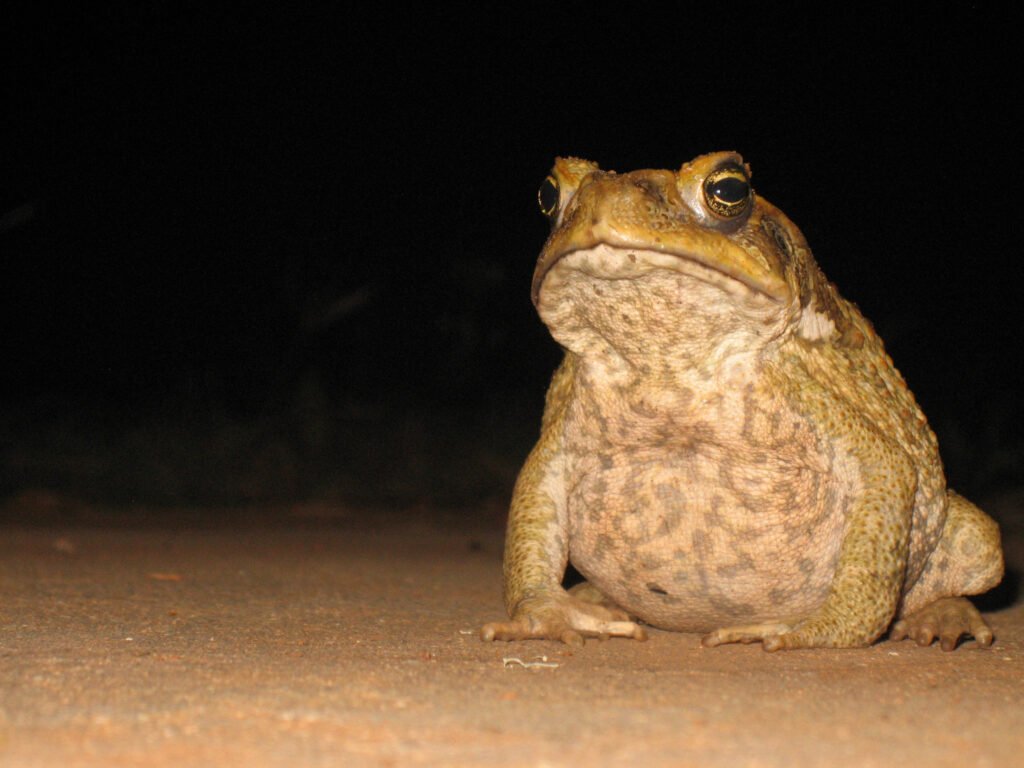Lightning streaks across the northern Australian sky, illuminating a landscape both breathtaking and battered by an accidental experiment. Imagine a single decision, made in hope, unraveling into chaos for decades. The story of cane toads in Australia stings with irony—an invasion born from good intentions that spiraled into an ecological disaster. Their journey, marked by explosive growth and unstoppable spread, reads like a cautionary tale about tinkering with nature. As you follow their trail across the continent, it’s impossible not to feel a mix of fascination, frustration, and awe at the unpredictable power of life when it’s set loose in the wrong place.
The Arrival: When Cane Toads Came to Australia
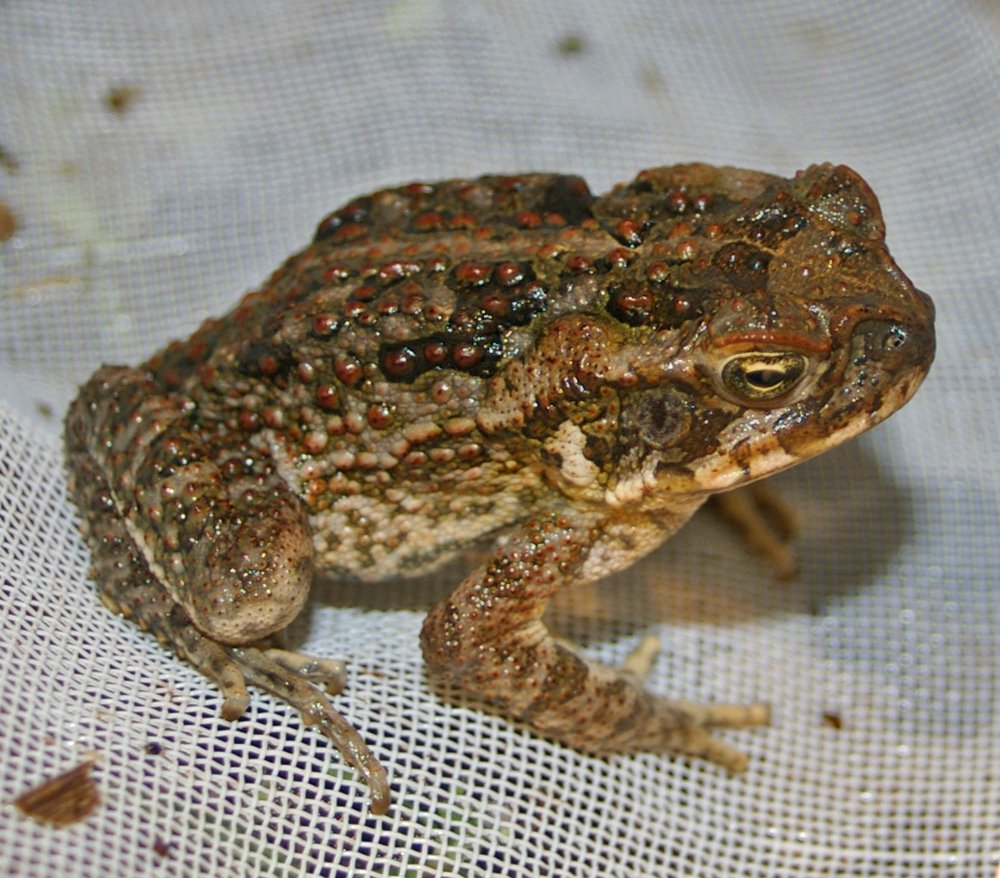
In 1935, a shipment of 102 cane toads arrived in Queensland, Australia, with fanfare and hope. Scientists and sugar cane growers were desperate to control the cane beetle, a pest gnawing away at precious crops. The toads, native to Central and South America, were hailed as biological warriors poised to save the sugar industry. No one then predicted the ripple effect this introduction would have. The toads were released in fields and left to do their work, but quickly, it became clear they had their own agenda. Within a few years, their numbers exploded, and the cane beetle problem remained unsolved. The toads had failed in their mission but were just beginning to make their mark.
How the Cane Toad Became an Invader

Cane toads are built for survival. They are tough, adaptable, and can thrive in a range of climates. With no natural predators in Australia, they had an open playing field. Female cane toads lay up to 30,000 eggs at a time, far outpacing native amphibians. This reproductive superpower meant their population ballooned rapidly. The toads marched from Queensland into the Northern Territory, Western Australia, and beyond. Their spread was relentless, and soon, they began to reshape the landscape, crowding out local species and poisoning would-be predators.
Toxic Trouble: The Deadly Secret of Cane Toads

The cane toad’s most infamous weapon is its poisonous skin. Large glands behind their eyes secrete a milky toxin, potent enough to kill animals much larger than the toad itself. This defense mechanism proved disastrous for native Australian wildlife unaccustomed to such a threat. Curious predators—snakes, quolls, goannas, and even crocodiles—would bite or eat the toads, often dying within minutes. The sudden loss of these animals caused chaos throughout the food chain, upending natural balances that had existed for millennia.
Ripple Effects: Impact on Native Wildlife
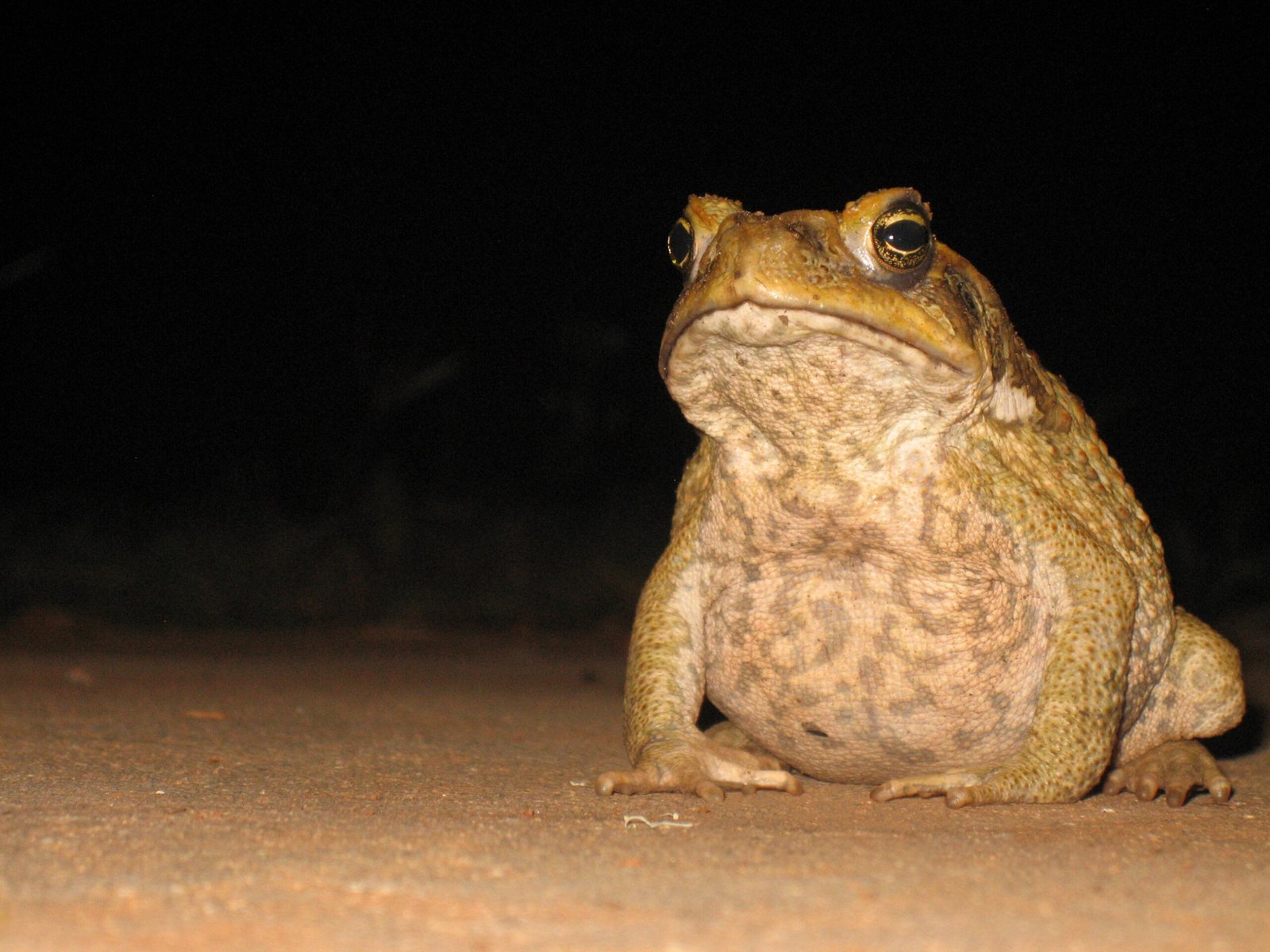
The arrival of cane toads triggered a chain reaction throughout Australia’s ecosystems. As predators died off, populations of other creatures surged or crashed in unpredictable ways. For example, some snake species suffered massive declines, while others with smaller mouths survived by avoiding the toxic toads altogether. Native frog and lizard numbers plummeted in areas overrun by toads, as they competed for food and habitat. Even scavengers, like crows, learned the hard way that a cane toad meal could be their last. The loss of biodiversity became painfully clear as entire patches of wilderness grew eerily quiet.
The Human Factor: Science, Hope, and Hubris

The cane toad saga highlights the double-edged sword of human intervention. Early researchers and farmers acted out of hope and urgency, but underestimated the complexity of introducing a foreign species. There were few studies, little long-term planning, and an overconfidence that nature could be controlled like a machine. This miscalculation wasn’t unique to Australia—biological invasions have happened worldwide, with similarly shocking outcomes. The lesson? Nature is both resilient and fragile, and simple fixes can have far-reaching consequences.
Cane Toads on the March: How Fast Did They Spread?
Few could have predicted just how rapidly cane toads would conquer new territory. In the early years, they advanced at about ten kilometers per year. But by the 1980s and 1990s, that pace accelerated dramatically. The toads evolved longer legs, allowing them to cover up to 60 kilometers each year. This “invasion front” phenomenon stunned scientists, as the toads seemed to adapt in real time to their new continent. Roads, waterways, and even human activity helped speed their journey, turning a local problem into a national crisis.
Unintended Lessons: Evolution in Action
Cane toads have become unlikely celebrities in the study of evolution. As they spread, they changed—growing longer legs, developing different behaviors, and even shifting their breeding habits. Predators, too, started to adapt. Some birds learned to flip toads over and eat only the non-toxic parts. Certain snakes evolved smaller heads and bodies, making it harder for them to eat a whole toad and be poisoned. These real-time evolutionary changes offer a gripping look at how life responds to new pressures, highlighting both resilience and vulnerability.
Australian Icons Under Threat
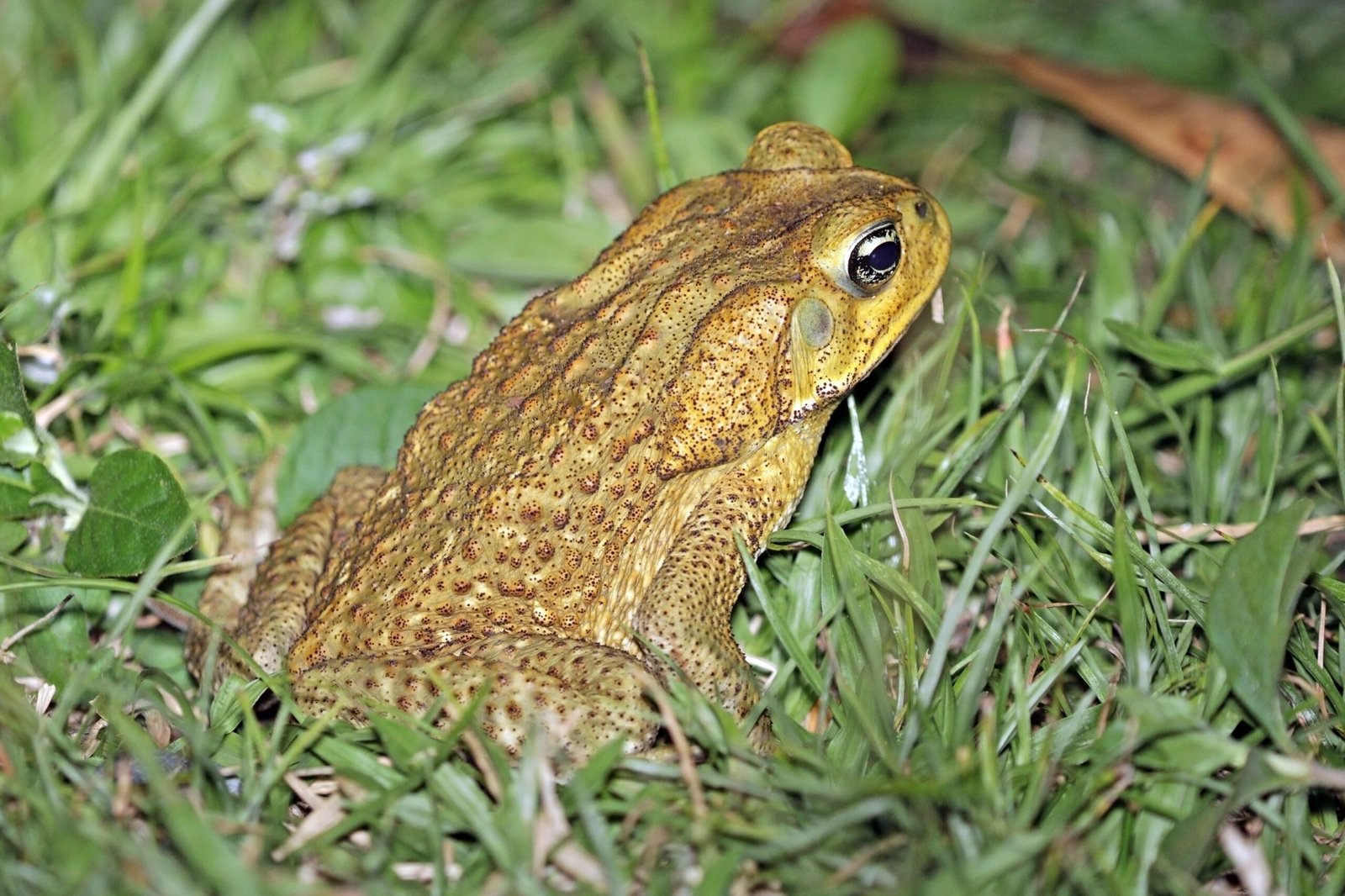
The devastation caused by cane toads is striking, especially for iconic Australian animals. The northern quoll, a small, spotted marsupial, faced near extinction in some regions as it fell victim to the toads’ poison. Freshwater crocodiles, once kings of their domain, died in alarming numbers after swallowing the toxic invaders. Even formidable predators like goannas and some species of raptors were not spared. The emotional toll on conservationists and animal lovers has been immense, as beloved creatures disappear from once-thriving habitats.
Failed Solutions and Desperate Measures
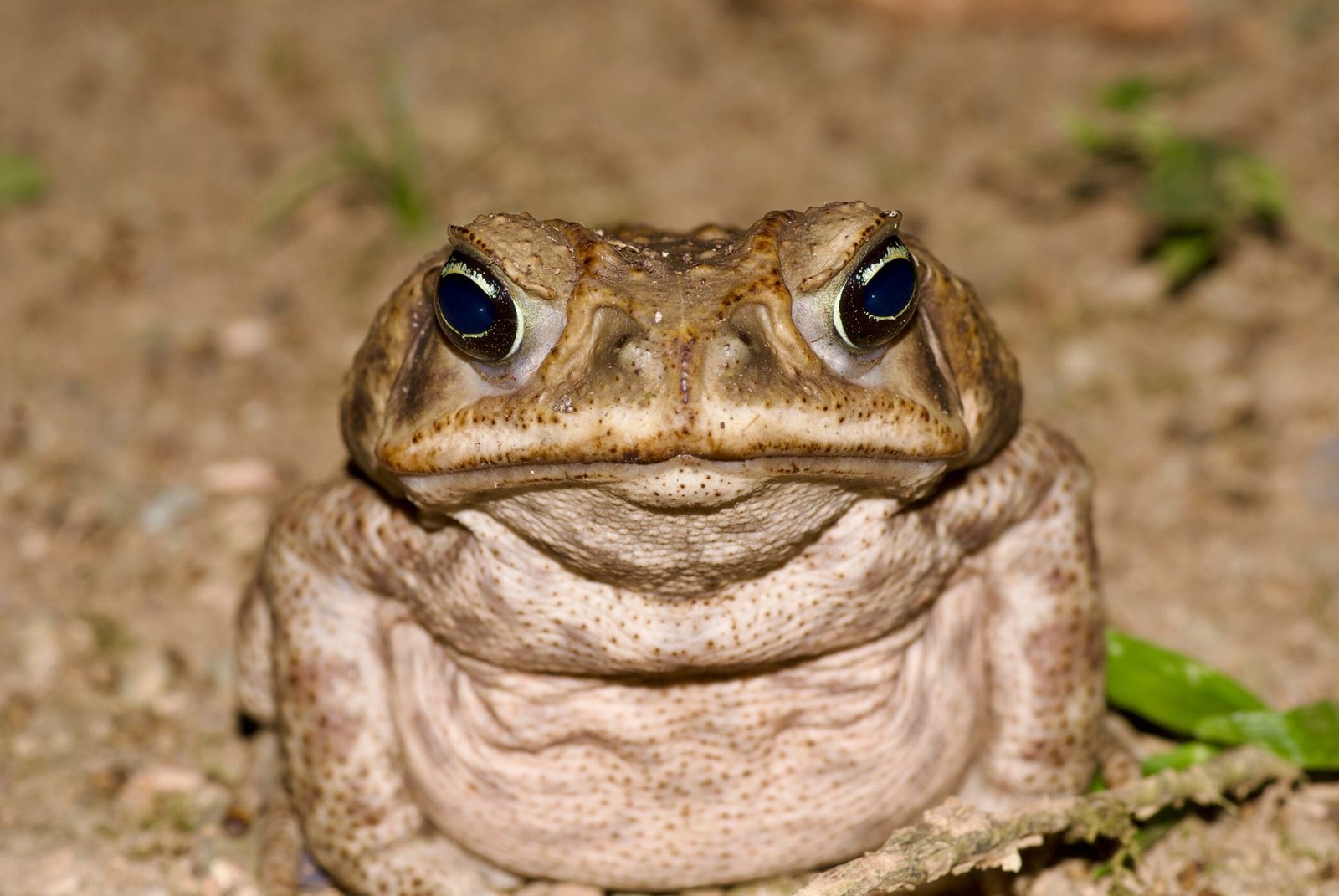
In the decades since the cane toads’ arrival, Australians have tried almost everything to control them. Fences, traps, poisons, and even “toad-busting” volunteer squads have made headlines, but with little lasting success. Some methods, like chemical toxins, risk damaging the very ecosystems they aim to protect. Biological controls—like diseases or parasites—carry their own risks of unintended harm. The persistence of the cane toad problem stands as a humbling reminder that some mistakes can’t be easily undone.
Stories from the Front Lines
Across Australia, stories abound of people confronting the toad invasion. Farmers report seeing their dogs and livestock fall ill after contact with toads. Children are taught to recognize and avoid the distinctive, warty invaders. In some towns, community “toad nights” bring neighbors together to collect and remove the pests, turning a tragedy into a weird sort of bonding experience. For many, the cane toad has become a symbol of both frustration and resilience—a problem faced together, day after day.
Ecological Dominoes: When One Species Changes Everything
The cane toad disaster is a stark reminder of how one species, introduced into the wrong environment, can set off a cascade of changes. The loss of native predators means more pests and fewer checks on populations. Plant life may suffer as insects and herbivores explode in number. Waterways, once clear and balanced, can become overrun with algae and invasive fish. Each domino that falls reveals new, unexpected consequences, painting a vivid picture of the interconnectedness of life.
Climate Change and the Future of the Invasion
As Australia’s climate shifts, the range of the cane toad is also changing. Warmer temperatures and wetter seasons open new territories for the toads, pushing them further south and west. Scientists now worry that areas once thought safe may soon be vulnerable. The unpredictability of climate change adds another layer of uncertainty, making it even harder to predict where the next front in the cane toad invasion will appear.
Learning from Mistakes: New Approaches to Invasive Species
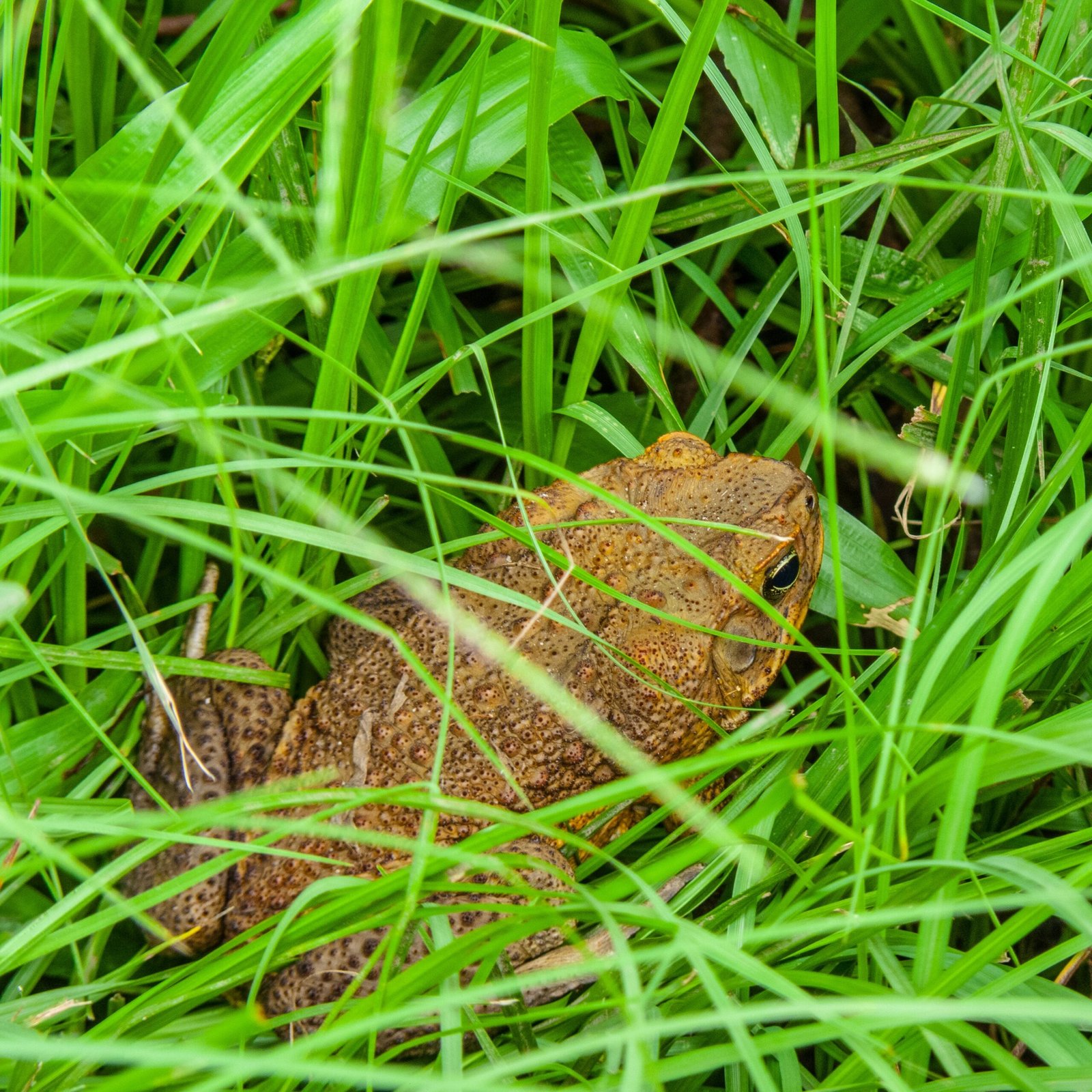
The cane toad crisis has forced Australia to rethink its approach to invasive species. Modern scientists now emphasize careful risk assessment, long-term monitoring, and community involvement before any biological control is attempted. There’s a growing appreciation for the complexity of ecosystems and the need for humility when intervening. While the pain of past mistakes lingers, it’s also driving innovation and caution in current conservation efforts.
The Global Dimension: Biological Invasions Around the World
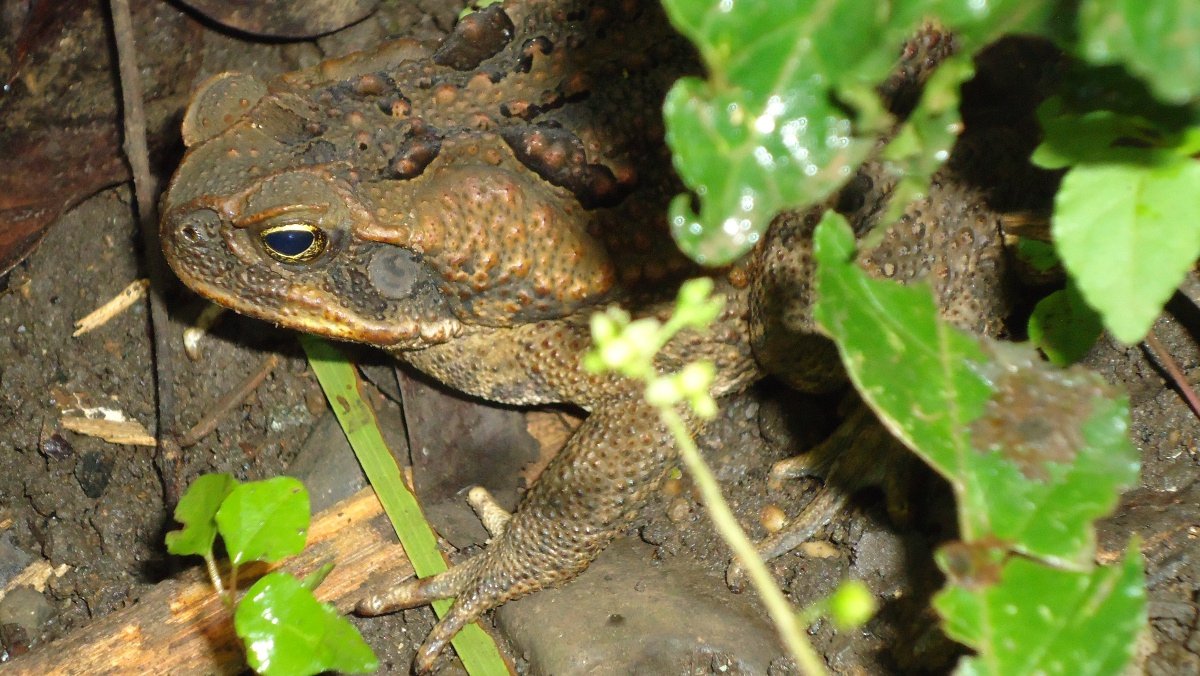
Australia’s cane toad woes are not unique. Across the globe, invasive species—from zebra mussels in the Great Lakes to rabbits in New Zealand—have wreaked havoc on local environments. Each story is different, but the underlying themes are the same: well-intentioned actions gone awry, ecosystems thrown out of balance, and the struggle to find effective solutions. The cane toad has become a global symbol of what can happen when nature’s boundaries are ignored.
Hope on the Horizon: Adaptation and Resilience
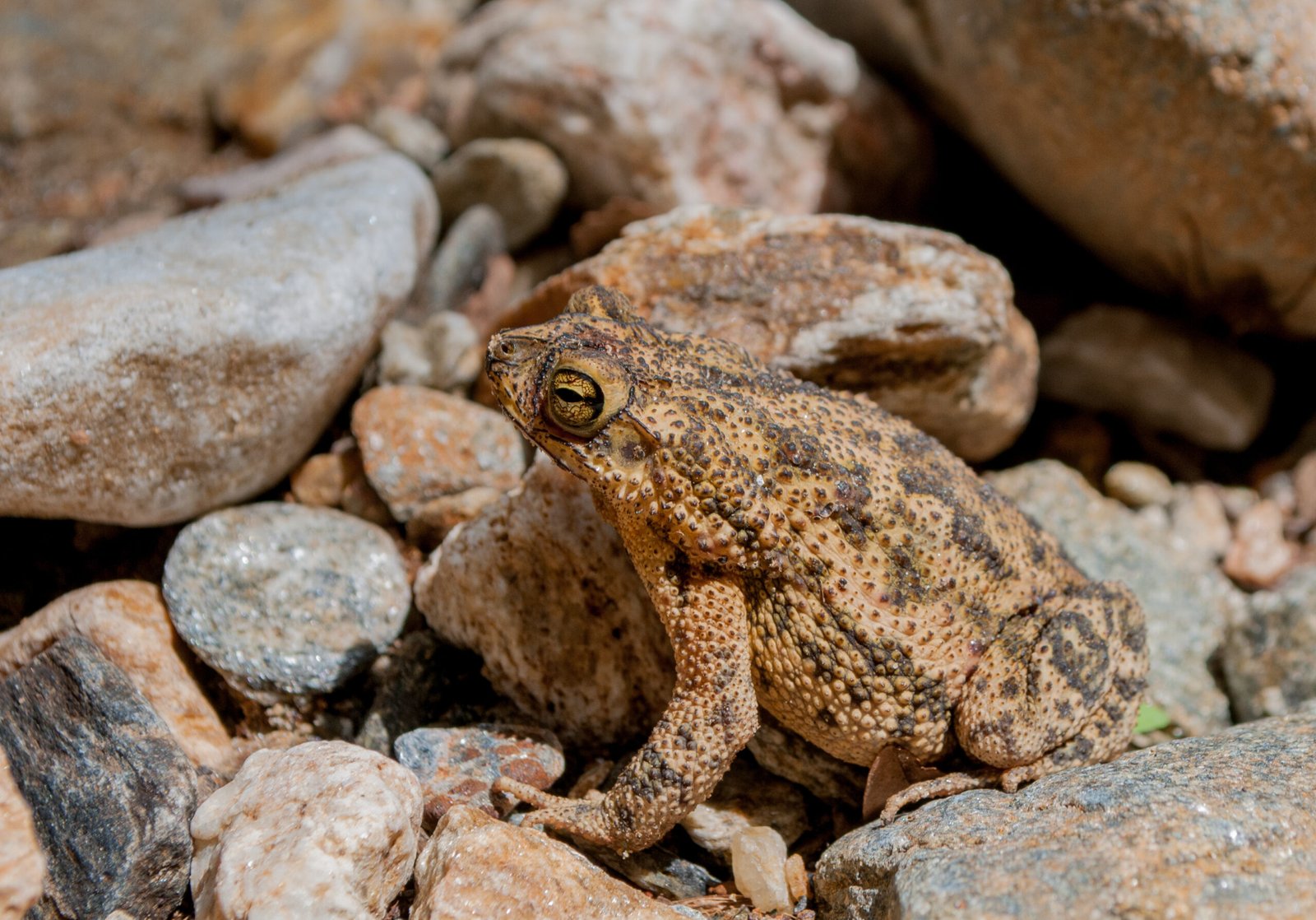
Despite the devastation, there are faint glimmers of hope. Some native species are learning to avoid or resist cane toads, either through instinct or rapid evolution. Conservation groups are working tirelessly to protect vulnerable animals and restore damaged habitats. New technologies, like genetic engineering and targeted biological controls, offer the promise of smarter, more precise interventions. The resilience of nature, coupled with human ingenuity, suggests that recovery is possible—if not easy.
The Cultural Impact: Toads in Australian Life
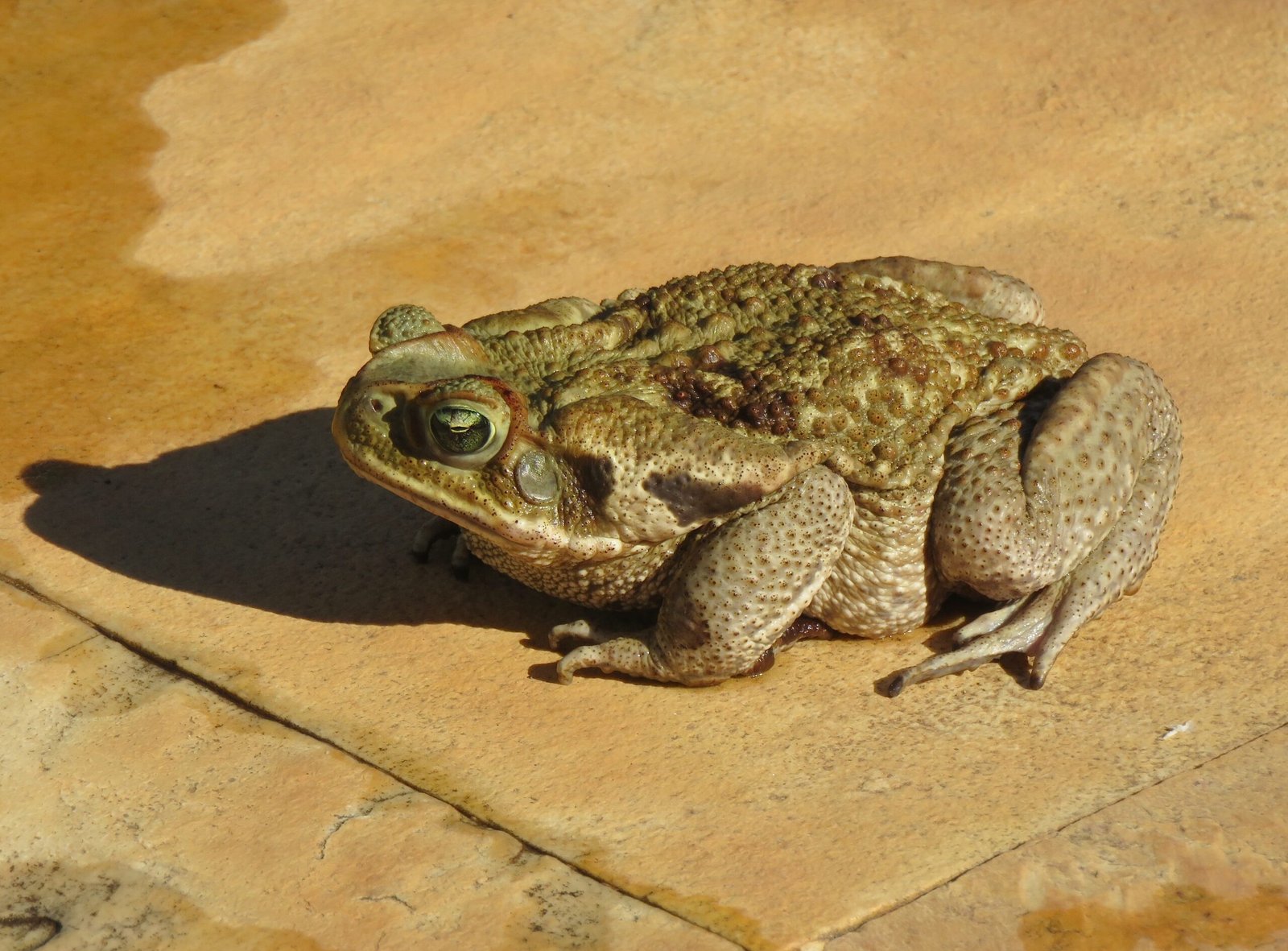
Cane toads have slithered into the fabric of Australian culture. They appear in art, music, and humor—sometimes as villains, sometimes as anti-heroes. Entire festivals celebrate the quirky, unwanted guest, with toad races, sculptures, and even culinary experiments. For many Australians, the toad is a daily reality, inspiring both revulsion and a strange affection. The story of the cane toad has become a living lesson in adaptability, irony, and the unpredictable twists of fate.
Personal Encounters: Facing the Toads
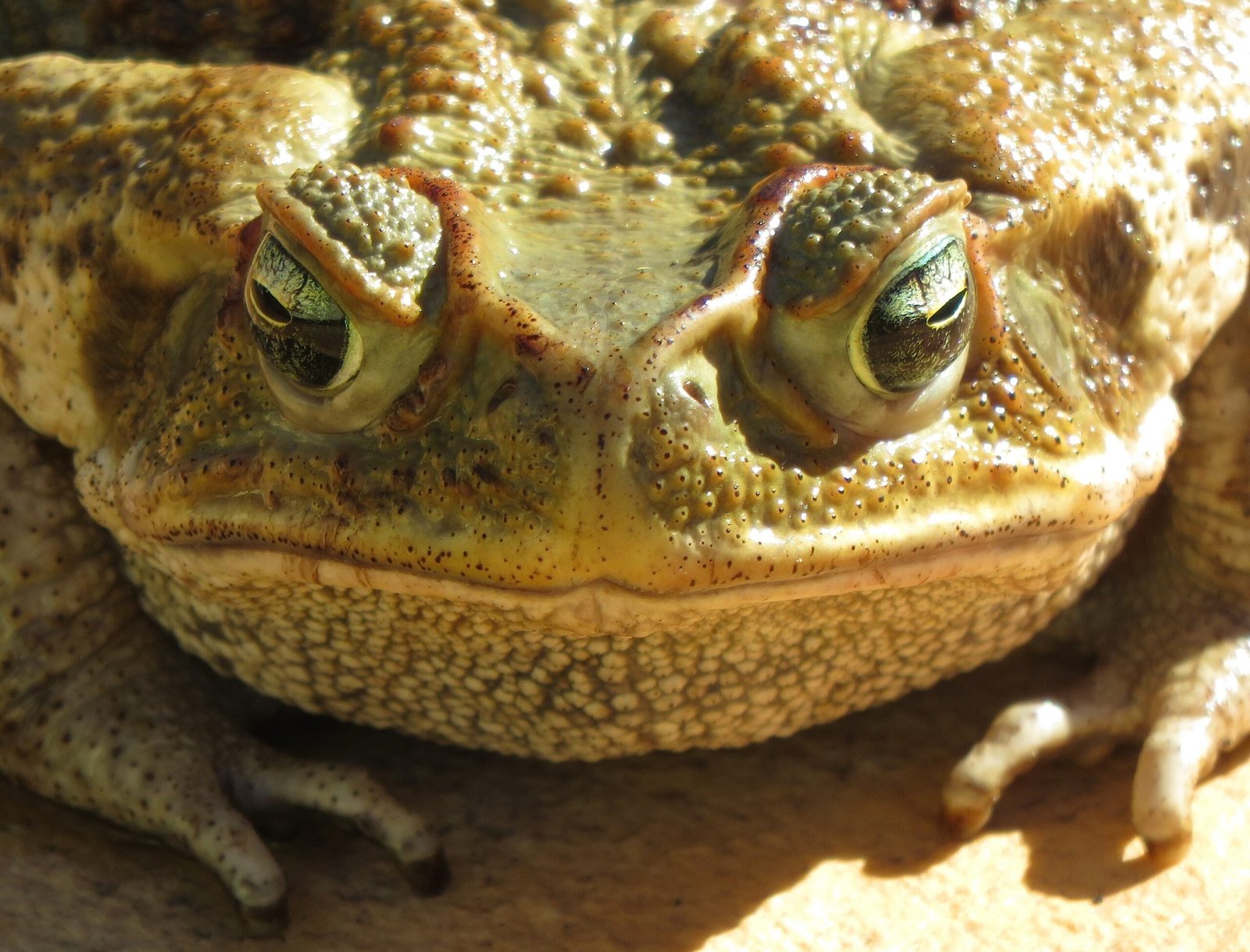
Anyone who’s spent time in the Australian outback has a cane toad story to tell. I remember walking through a backyard at dusk, flashlight in hand, and seeing dozens of warty bodies hopping through the grass. Their eyes gleamed in the light, unafraid and almost defiant. Picking one up, I felt the cold, rubbery skin and the odd weight of a creature that didn’t belong. It’s a sensation both unsettling and strangely fascinating—a living symbol of unintended consequences.
The Role of Education and Awareness

Raising public awareness is now seen as crucial in the fight against invasive species like the cane toad. Schools, community groups, and media campaigns teach people to recognize, report, and avoid accidental spread. Educational programs stress the importance of not moving animals or plants between regions, and they share the hard-learned lessons of past mistakes. By making the public part of the solution, there’s hope for more effective management in the future.
What the Cane Toad Teaches Us About Nature
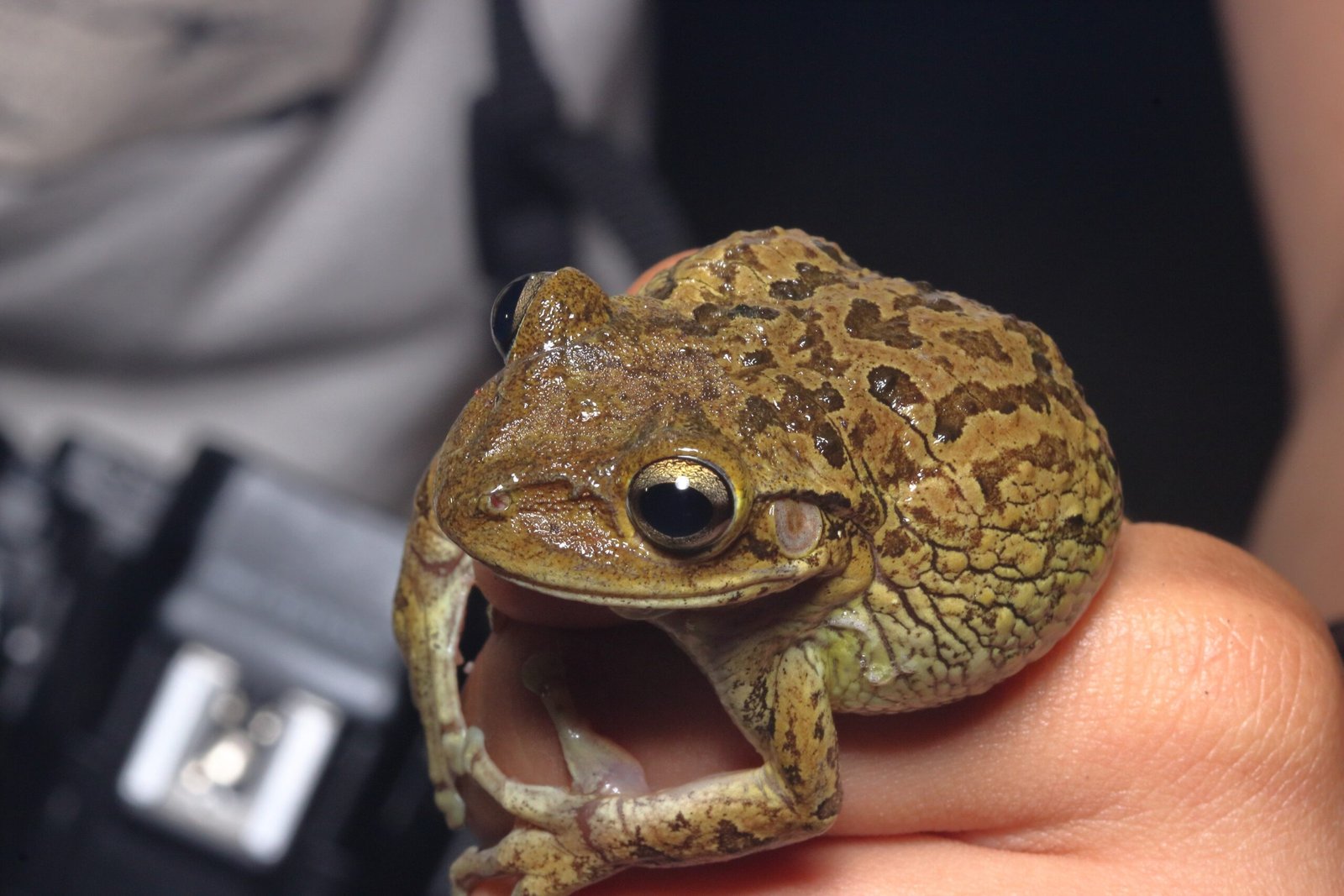
At its core, the story of the cane toad is about humility and respect for the delicate web of life. It’s a reminder that every species, no matter how small or strange, plays a role in the balance of nature. When we tinker with that balance, even with the best intentions, the results can be both surprising and sobering. The cane toad forces us to look closely at our relationship with the natural world and ask hard questions about responsibility and repair.
The saga of the cane toad in Australia is a vivid illustration of unintended consequences and the complexity of ecological relationships. It challenges us to approach the future with caution, curiosity, and a renewed sense of stewardship for the land and creatures we share it with.

